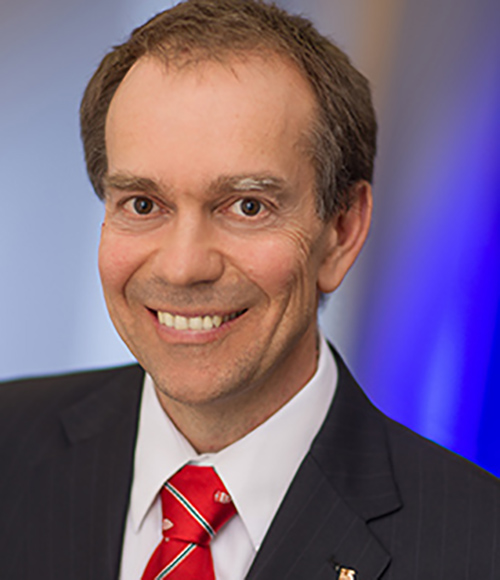The dividends of volunteering

It never ceases to amaze me the great numbers of physicians who choose to volunteer their time, expertise, or energy to causes they believe in. They do this freely in addition to their regular jobs as busy physicians. Some physicians volunteer in their medical capacity and others in a nonmedical role. Some volunteer near home and others volunteer across the country or around the world.
I truly believe that people in a position of abundance—whether financial abundance, or an abundance of experience, time, or passion—should help others who are struggling. As physicians we have an opportunity to make a tremendous impact with specific and targeted groups in our society and elsewhere in the world.
For me, it’s the impact of working with select people or groups in areas of our society where health issues are very challenging for all sorts of reasons, including the elderly, some First Nations, those with mental illness, and homeless people. Here we have an opportunity to make a lasting impact.
Throughout my life I’ve seen the difference that volunteering efforts can make in people’s lives. And I know the personal value of service as a volunteer. Volunteering has been ingrained in me since I was small. My parents taught me and my siblings many lessons: right from wrong, the importance of hard work, and—perhaps most important—to follow our dreams. They also taught us the value of helping those less fortunate.
I have volunteered for as long as I can remember—as a medic for church camps, in medical school, as the physician medical director at the Arctic Winter games, and as an emergency physician for the 2010 Olympics and Paralympics in Whistler. I have also volunteered my time as president of the medical staff and multiple hospital committees, as well as at the BCMA.
But a life-changing event for me was when I volunteered for Habitat for Humanity last summer. This charity organizes volunteers and community partners to build affordable housing, and promotes home ownership as a means of breaking the cycle of poverty. Organized by my church youth group, the trip took me and my kids to Alberta where we helped build houses on a Métis settlement. I saw firsthand how building a home can change lives and bring hope to those who have very little.
My family and I were a small part of something much bigger, but I understood how my small contribution, combined with others’ small contributions, made a difference. As cultural anthropologist Margaret Mead has written, “Never doubt that a small group of thoughtful, committed citizens can change the world; indeed, it’s the only thing that ever has.” And sometimes it might just be one person’s world—but at that time, that might be all that really matters.
My brothers have also heeded our parents’ teachings to help the less fortunate. My older brother, a surgeon in Victoria, is currently volunteering in Libya with the Red Cross teaching advanced trauma life support. From there he plans on going to Goma, in the Democratic Republic of the Congo, to provide trauma assistance in yet another battle-prone area of the world. Fellow emergency physicians I know volunteer their time and expertise every year on Mercy Ships, a Christian organization that provides necessary medical care to those in African coastal countries who cannot afford it.
I have nothing but praise and respect for all of the many physicians around the province who give so freely of their time, energy, and expertise.
When people are asked why they volunteer, the answers are often very similar. They say it feels good to give back to one’s community, it feels good to help out those less fortunate… basically that it pays nontangible dividends. This is the intrinsic value of volunteering.
No matter where your passion lies, there is a volunteer opportunity waiting for you. Whether you wish to volunteer close to home or in faraway lands, the options are unlimited.
As physicians, we are in a prime position to help serve these groups and make a difference. We can, and we should. It is part of our professionalism. I challenge each of you to find a cause that matters to you, whether health related or not, and start helping out. The world will be a better place because of it.
I will leave you with one last quote from a very famous doctor, Dr Seuss, who succinctly said, “Unless someone like you cares a whole awful lot, nothing is going to get better. It’s not.”
—William Cunningham, MD
BCMA President
